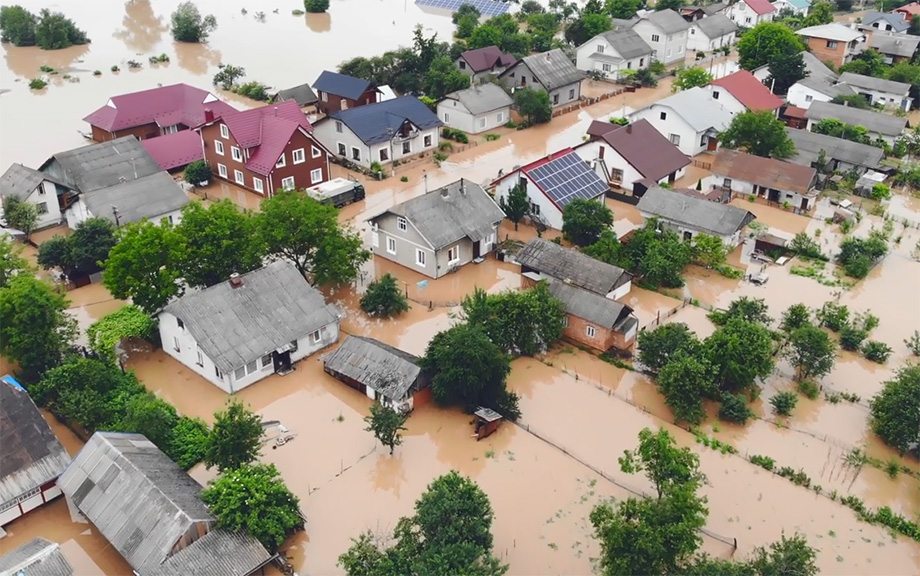
As interest in understanding the economic impacts of climate change grows, the climate economics and finance literature has developed a number of indices to quantify climate risks. Various approaches have been employed, utilizing firm-level emissions data, financial market data (from equity and derivatives markets), or textual data. Focusing on the latter approach, we conduct descriptive analyses of six text-based climate risk indices from published or well-cited papers. In this blog post, we highlight the differences and commonalities across these indices.



















 RSS Feed
RSS Feed Follow Liberty Street Economics
Follow Liberty Street Economics